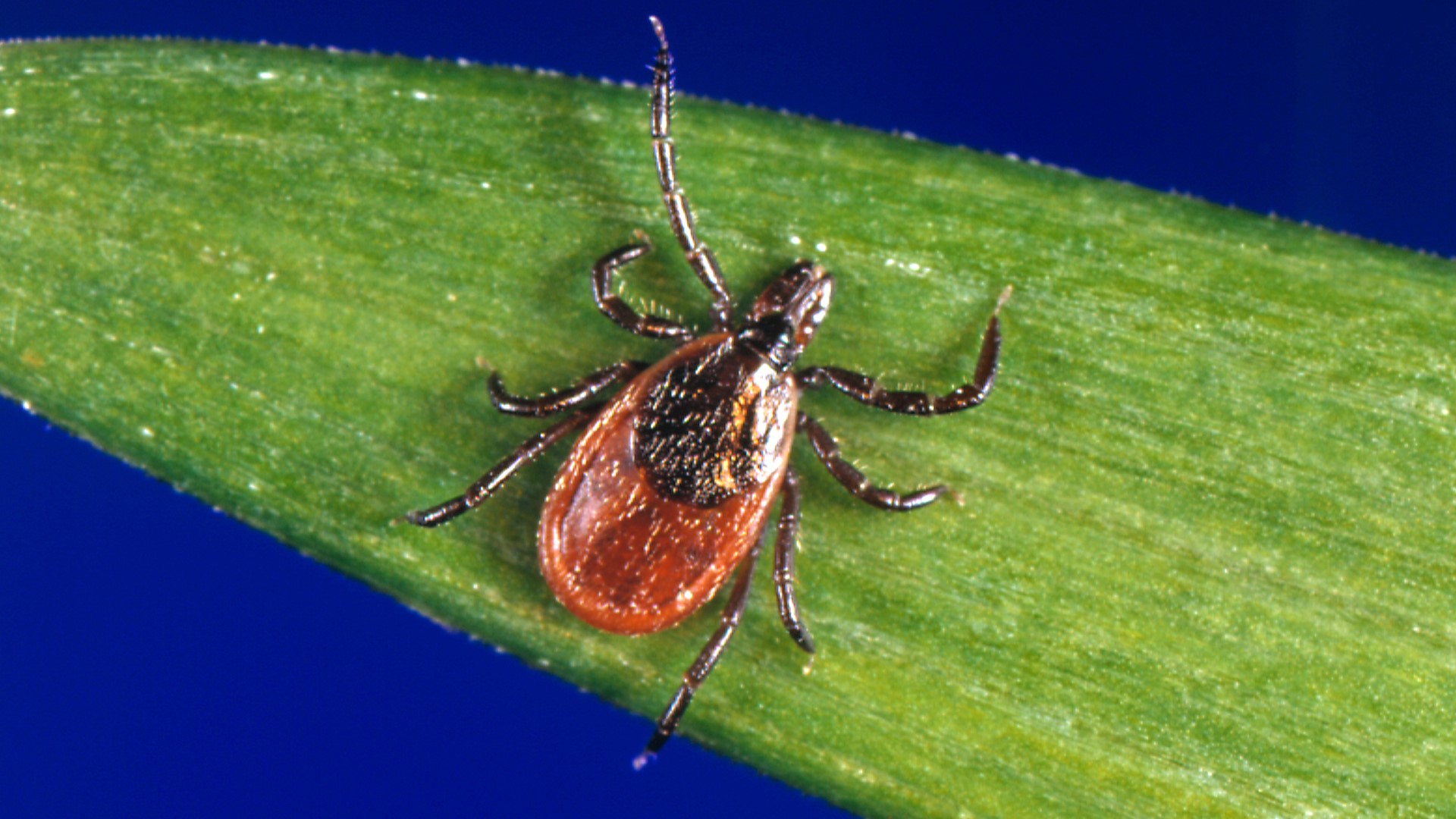PORTLAND, Maine — Researchers say it is hard to predict how the tick season will play out. This year’s mild winter and early snow melt, though, could mean more ticks earlier than usual and a wider spread of Lyme disease and other tick-borne diseases, scientists said.
In Connecticut, ticks are showing up in greater numbers this year, according to Goudarz Molaei, a tick expert for the state. Since Jan. 1, more than 1,000 ticks have been sent in for a testing program, and that is the second-highest number of submissions in recent years. The state typically sees a lot of Lyme disease, which got its name from a Connecticut town.
“It’s going to be an above-average year for tick activity and abundance,” Molaei said.
WHAT DISEASES DO TICKS SPREAD?
Infected ticks spread bacteria, viruses, and parasites that make people sick. Lyme disease is the most common tick-borne infection in the U.S., mostly in the Northeast and Midwest.
An estimated 476,000 Americans are diagnosed with Lyme disease each year, according to the Centers for Disease Control and Prevention. Black-legged ticks, also called deer ticks, can carry more than Lyme-causing bacteria. They can also spread babesiosis, anaplasmosis, and Powassan virus disease.
The lone star tick, mainly located in southern, eastern, and midwestern states, can carry ehrlichiosis and Heartland virus disease. American dog ticks can spread Rocky Mountain spotted fever. Ticks pick up disease-causing germs by biting infected wildlife, usually rodents.
MORE NEWSCENTER MAINE STORIES:

